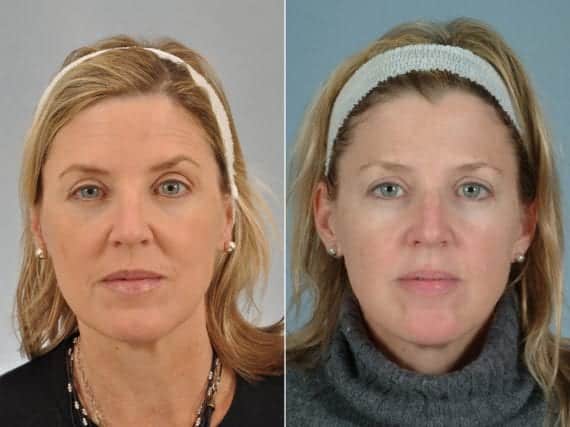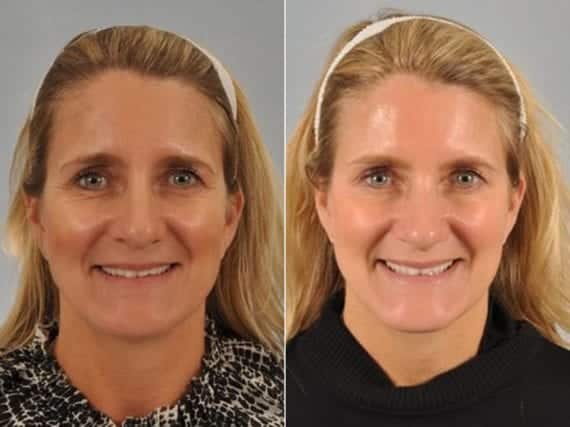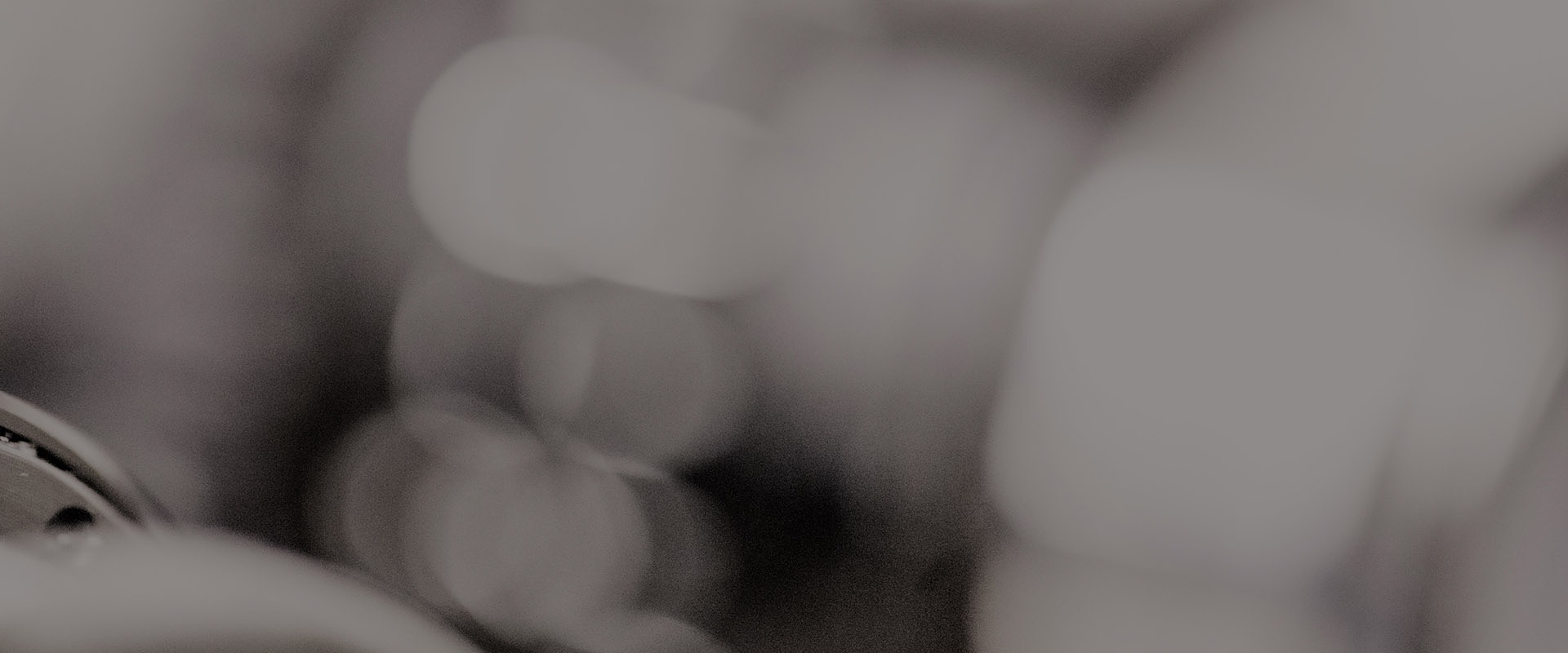The names of all of the following procedures are either trademarks or registered trademarks of their owners and are used in this page only for informational purposes.
What Are the Benefits of Dermal Fillers and Neurotoxins Such as Botox®?
Dermal fillers—and Neurotoxins—collectively called Aesthetic Injectables—offer a range of benefits, including:
- Smoothing fine lines and deeper wrinkles
- Adding volume to hollow cheeks or temples
- Defining the jawline and chin
- Enhancing lip shape and fullness
- Improving under-eye hollows for a more rested look
Whether you're looking for subtle refinement or a more youthful appearance, facial fillers at W Cosmetic Surgery® provide versatile, effective results.







